For years I shot with Canon DSLRs. From the D30 to the 20D to the 5D. I always had a lightweight set of primes – last holding the Canon 24/2.8, 35/2, 50/1.4, and 100/f2. This setup weighed a touch over 2 kilograms. The Fuji X-Pro1 with the Fujinon 18/2, 35/1.4, and 60/2.4 weighs less than a kilogram. Half as much.
You really feel that kilo after several hours on your feet with the gear hanging off your shoulder. Which is is the primary reason I made the switch from DSLR to mirrorless. The other reasons are detailed here.
Now, is the X-Pro1 the greatest travel camera made? Of course not. There is no greatest travel camera. The greatest travel camera would be some full-frame mirrorless lightning-AF body with a nice selection of compact, high quality, and weather-sealed lenses. Something like this may be available in a few years – but I prefer taking photos to waiting.
So what makes the X-Pro1 a great travel camera for today? Well, it’s a very light setup for the quality. The lenses are high caliber, light, and compact. The image quality is good enough for fairly large prints, even at higher sensitivity. The OVF is both comfortable to shoot with and much more energy efficient than an EVF. Still, this is a theoretical list. How does it perform on a real trip? That’s when you discover that batteries don’t last long enough, dust appears every time you switch lenses, and the camera freezes up at awkward times.
I just got back from a trip from China, taking over 1700 photos over two weeks. After a lot of culling I ended up with about 120 photos to display. I also learned a lot about how the camera performs in cold and dirty conditions – in short, very well. It never had any weird glitches. The core controls are easy to use, even with heavy gloves on. Two batteries gets you through a few hundred pictures with a lot of chimping. The occasionally maligned AF was snappy and sure enough to catch a lot of dynamic scenes:
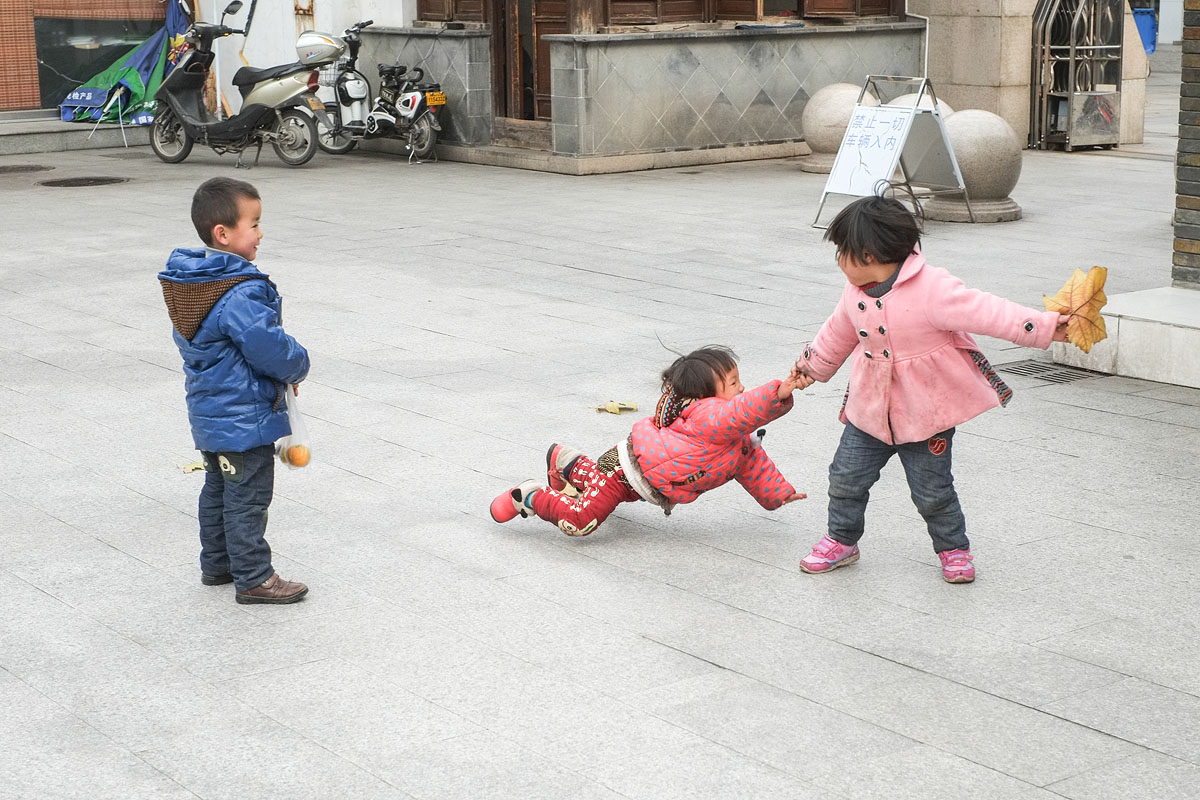
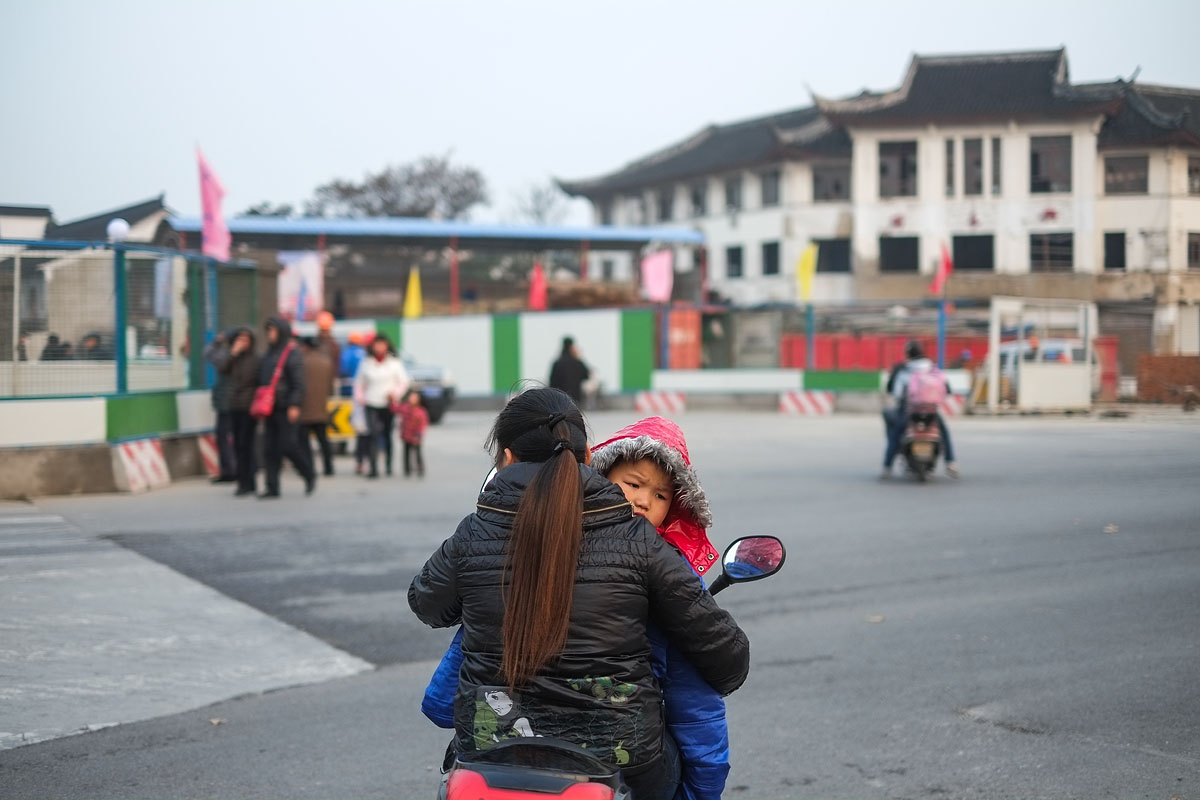
Even in very dark poorly contrasted situations, the X-Pro1 can be coaxed into obtaining focus:
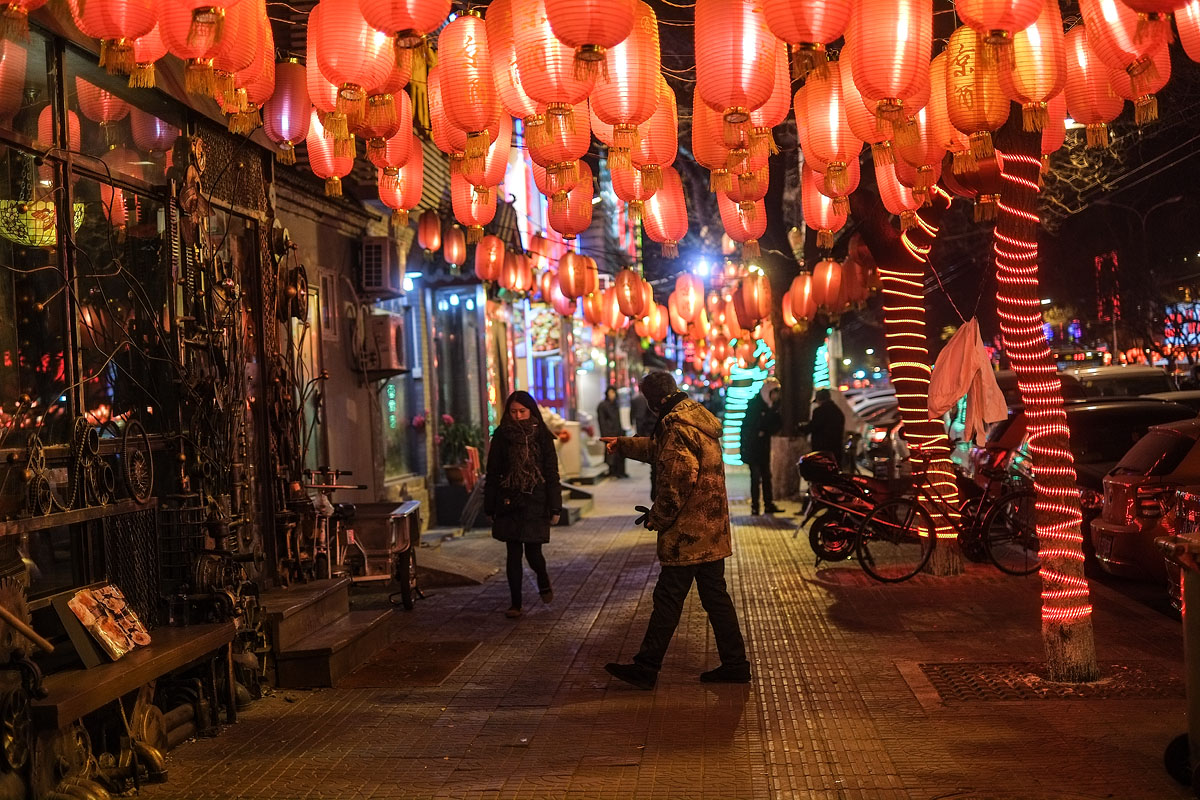
The un-obtrustive and un-flashy size of the gear is helpful when getting up close. The quiet shutter is also great. With a little street noise it is inaudible from a couple of feet away: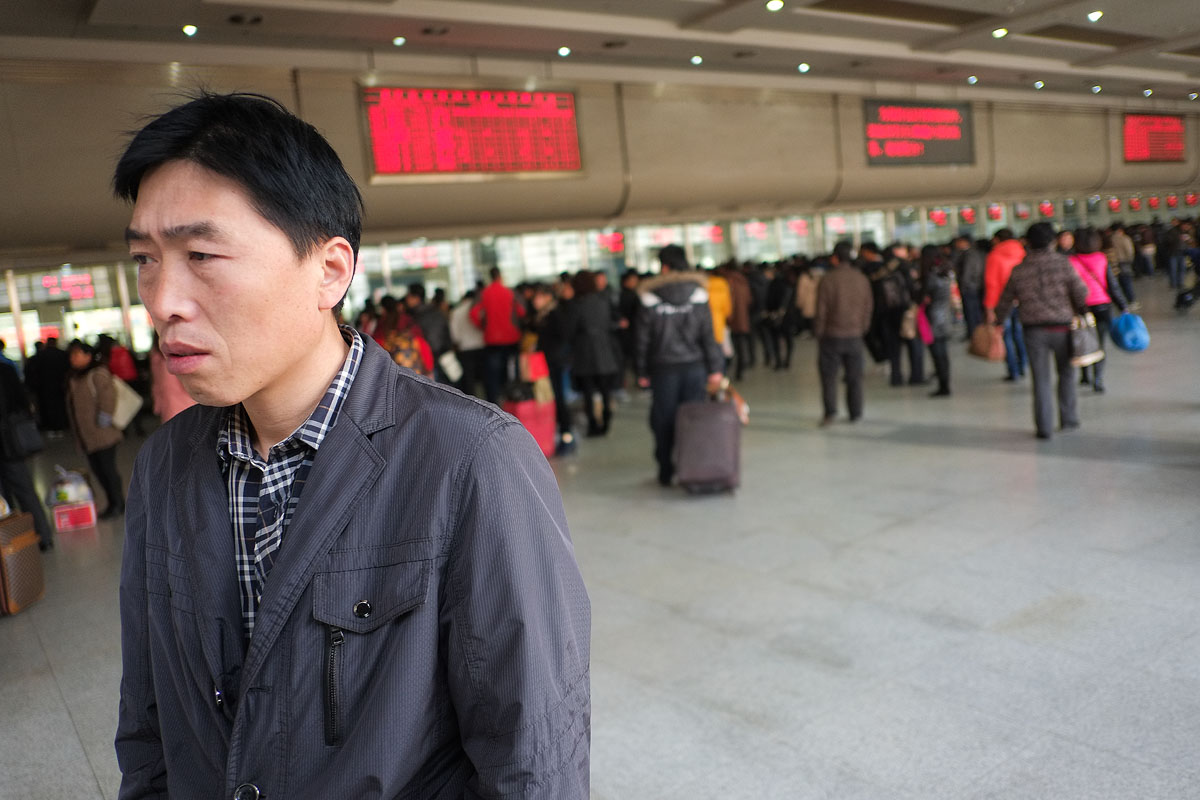
A light camera also means you can carry a lighter tripod:
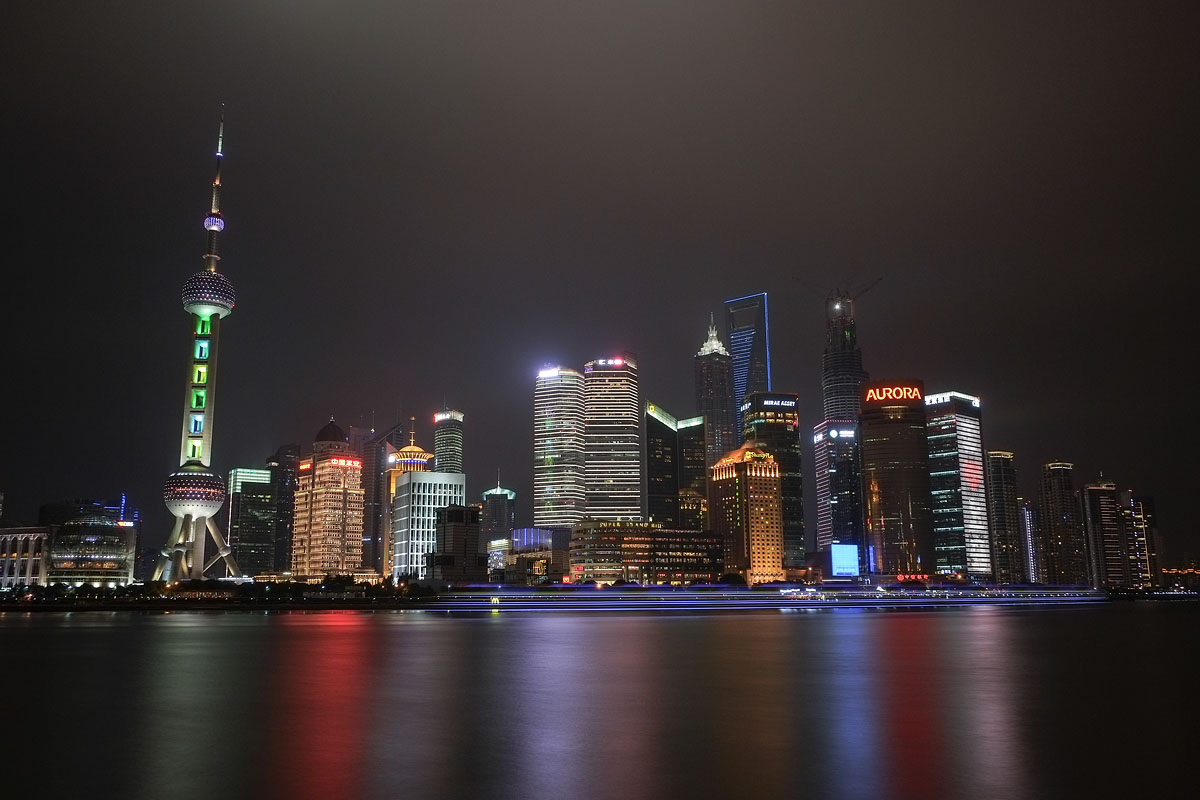
The ability to quickly change the core settings (along with Photoshop) means it’s easy to do impromptu panoramas:

Any negatives? Well, the sensor-shake-cleaner isn’t 100% effective. I found I had to blow the sensor a few times during the trip with my Giottos Rocket Air Blower to keep it clean. Still, far less of an issue than it was my old Canon 5d. The AF could be faster (though I’m not sure AF will ever be fast enough) and less prone to grabbing the background (my DSLRs were just as grabby) when trying to focus on a person. The EV-compensation dial is a little too easy to move. The lenses are difficult to switch with gloves on because there’s not much non-moving real-estate to grab (still better than being bigger!). The hood caps fall off whenever they are touched – I always took them off when the camera left the bag. I’d feel better about shooting in the rain if there was weather-sealing (though I do it anyways – and nothing bad has happened yet).
Cameras, like everything, suffer from compromise. The best image quality is found in the largest cameras. Quick AF requires heavy motors. Perfectly-corrected image quality requires lots of expensive heavy glass. I’ve found the X-Pro1 and its lenses are designed to find an excellent balance between the many competing issues.
All-in-all, it is a great camera to bring on travel.
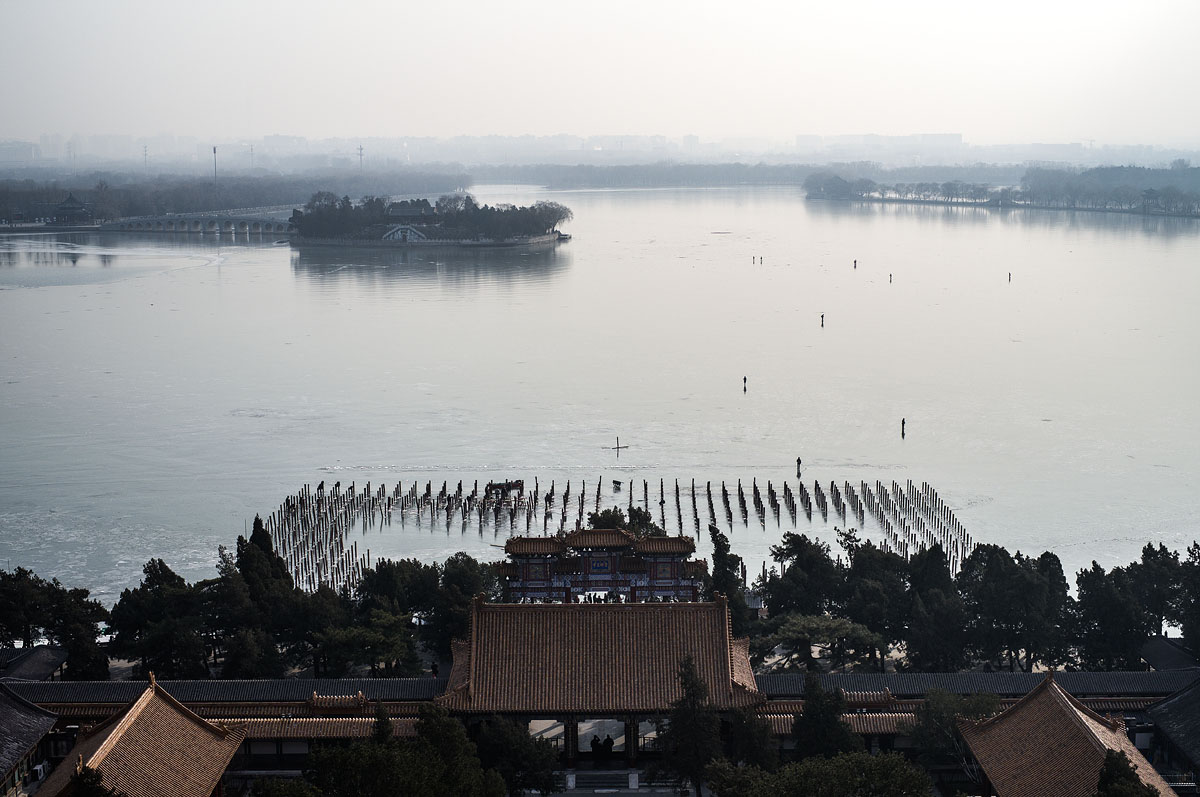

I have a trip coming up through parts of Europe and want to travel light, but don’t want to sacrifice much quality. I settled on the Fuji X-E1 for the reasons you said; these cameras are an excellent compromise between size, weight, features, and quality. Hoping the 55-300mm is released by my departure date.
I traveled in China with a 645 Bronica Etrs and four lenses when China opened up in 1979. And you had to bring a ton of 220 film with you, nothing faster than 400 speed for color. Different times!
Hey,
I also chose the X Pro 1 because of three points: 1) image quality, 2) low weight and size and 3) the possibility to safe energy by using the optical viewfinder (OVF).
I go hiking a lot and I carry also a light tripod; the complete gear is under 2kg including the 3 prime lenses. That is great!
When I go hiking, I switch on the power safe mode (this is a menu option) and disable the histogram in the displays (the life histogram does not work in this mode). I havent really measured how many pictures you can take in power safe mode with only the OVF. Fuji quotes >1000.
Another option would have been the OMD, which is even smaller and lighter and also weather sealed. Apparently it also produces great image quality. But it doesnt have the mentioned power safe option.
So far I had no issues with the camera as well with the exception of a “LENS ERROR” twice. That went away again and might be due to dirt on the contacts on the lens mount.
Ciao,
Christian
The problem with the power-save mode is that the AF speed is significantly reduced. Another approach may be to switch to it when your battery hits the dreaded 1/3 indicator (really meaning almost empty).
This is true. But for my remote hiking trips it does not really matter as it is mainly landscape I shoot …
Thanks for the update. I really appreciate the efforts you have made for this blog.